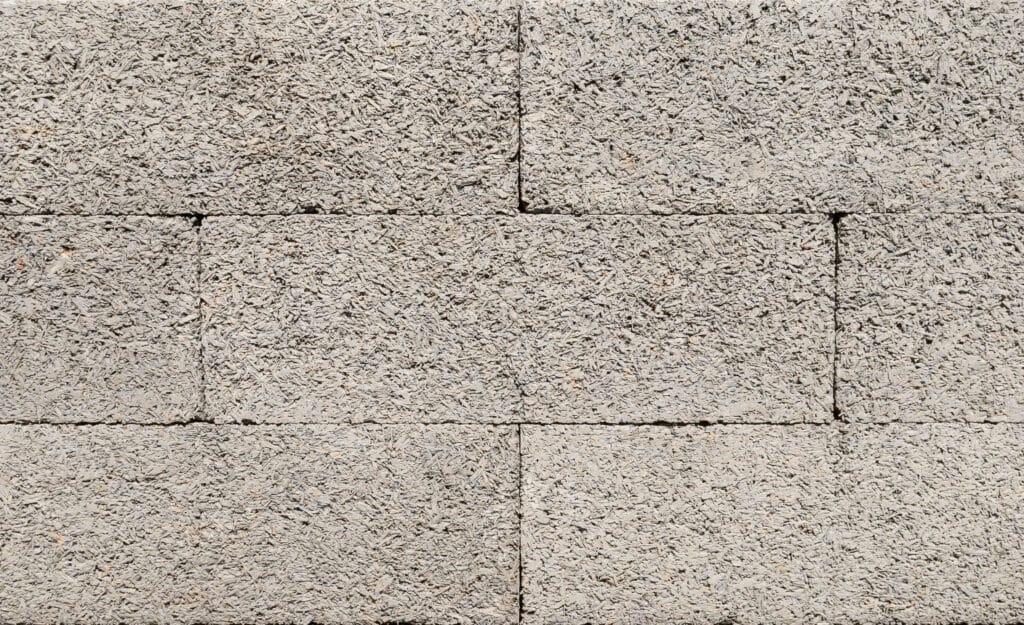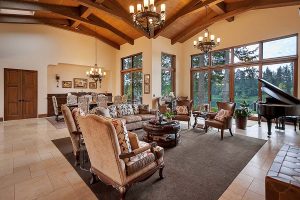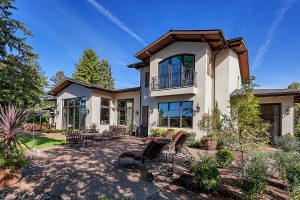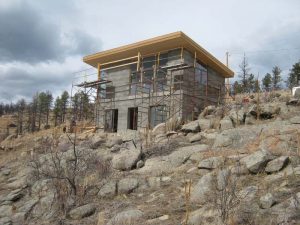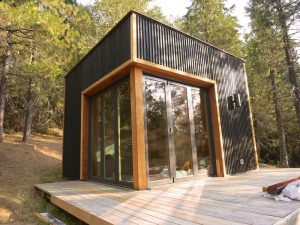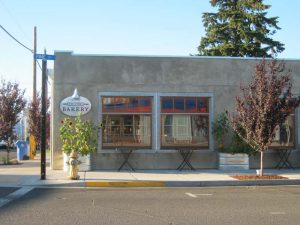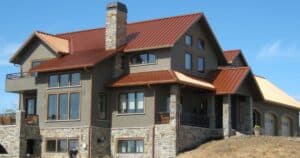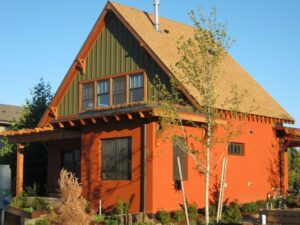Allowing for the release of vapor, breathability in walls is the ability to buffer moisture — to soak it up and then release it. Most people would agree that it is healthy to get some fresh air everyday. Opening your doors and windows to exchange indoor air with fresh, clean outdoor air is a healthy thing to do. But for many traditional homes, you pay an “energy penalty” by opening doors and windows in the wrong season. You’ll either be letting your warm indoor air out to let cooler outdoor air in, or vice versa.
There are ways that you can ensure a safer and more comfortable building envelope without opening your home up to the elements each day. Vapor permeability, also known as breathability is the key. Most natural building materials are breathable. To maintain their inherent breathability in walls, you’ll need to ensure you don’t seal them up behind finishes that will trap moisture.
Materials Enable Breathability In Walls
Faswall ICF blocks are made from 85% recycled wood chips (from pallets) and 15% cement. You’ll receive your blocks delivered with insulation inserts made from mineral wool. Mineral wool is recycled slag from steel production and basalt rock spun at high temperatures. With Faswall, you’ll avoid all chemical additives, drywall, wraps, and extra insulation. These walls provide a continuous insulation envelope without the heat loss common in conventional construction.
Faswall ICFs (insulated concrete forms), create an efficient open-diffusion permeable wall system, one that naturally breathes while conserving energy. When used with plaster/stucco finishes, Faswall creates a breathable wall system. The material is hydroscopic; it absorbs and releases water vapor in a “sink effect.” This means it evens out the indoor humidity and eliminates moisture buildup in the wall. Even if water infiltration should occur (from roof leaks, windows, etc.), that moisture can escape. The blocks are highly alkaline, so they create an inhospitable environment for mold growth. Understanding this, local code officials everywhere have approved the design without the vapor retarders that are usually required.
“Clients who have built with Faswall are thrilled with the energy efficiency and humidity modulation in dry or damp climates,” says Paula Baker-Laporte FAIA, BBEC of EcoNest Architecture. “The breathable walls are a bonus for our chemical-sensitive clients.”
Faswall Blocks Are Green
Faswall building blocks are green. We manufacture Faswall from a combination of recycled wood and cement. They’re ideal as a wall material for people who are concerned with indoor air quality because not only are they a way to provide breathability in walls, they are made with no glues, plastics, additives, or other harmful materials — there’s no offgassing. You can finish Faswall blocks on the exterior and interior in just about any way you choose. You can easily finish a Faswall wall with plaster or stucco, which is a material that also allows for breathability in walls, because there’s not a lot of prep work to do this and the plaster or stucco adheres right to the Faswall surface.
Interested in building with Faswall? Baker-Laporte at EcoNest Homes has several home design plans that are adaptable for Faswall. Designs range from a 700 square foot guest house to a 1,900 square foot family home.

